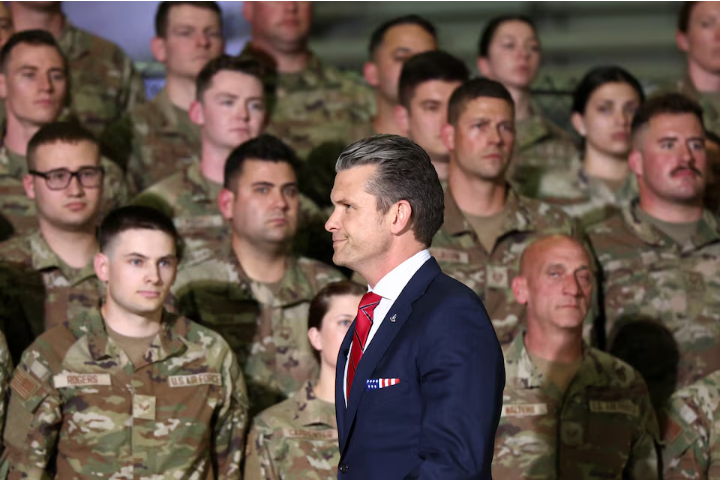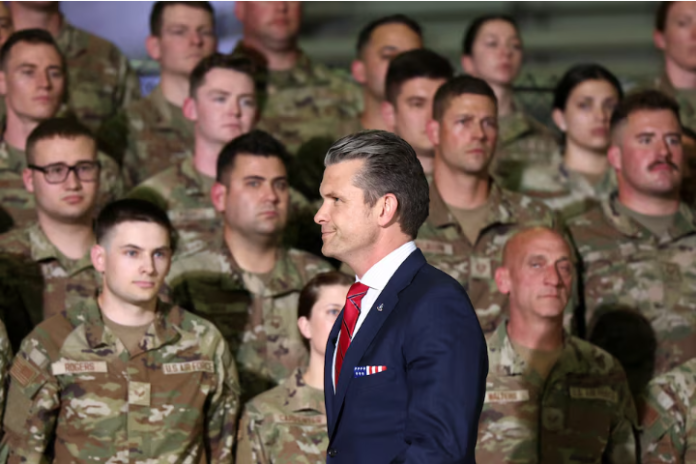In a bold and controversial move, U.S. Defense Secretary Pete Hegseth has announced a sweeping reduction of the nation’s top-ranking military officers. The directive, revealed on Monday, mandates a 20% cut in four-star generals and admirals, along with additional reductions across the armed forces — a decision that’s sending shockwaves through the Pentagon.
Hegseth, a former Fox News personality known for his outspoken views, is acting swiftly under President Donald Trump’s second term. He’s been critical of what he sees as an oversized, bureaucratic top brass and is pushing for what he calls “strategic readiness” over rank-heavy leadership.
“This isn’t about punishing anyone,” Hegseth said in a video statement on X (formerly Twitter). “It’s about aligning our military for real-world success, not just titles and offices. More generals and admirals don’t equal more victories.”
According to an internal memo first obtained by Reuters, the move includes:
A 20% reduction in general officers within the National Guard
An additional 10% reduction in general and flag officers across all military branches
At his confirmation hearing, Hegseth noted that the military had 44 four-star positions. Since then, he has dismissed several key figures, including the Chairman of the Joint Chiefs of Staff, the Navy’s top admiral, and the director of the National Security Agency.
The Pentagon is currently conducting a global operational review, and part of Hegseth’s strategy may involve merging major commands. Potential changes include:
Combining U.S. Africa Command with European Command
Merging U.S. Southern Command with Northern Command
Reevaluating the roles of Pacific and Korean force commanders
These restructurings could eliminate multiple four-star positions, in line with the Secretary’s directive.
However, not everyone is on board. Senator Jack Reed, the top Democrat on the Senate Armed Services Committee, has voiced strong concerns.

“Efficiency is important, but removing highly experienced leaders without clear reasoning is dangerous,” Reed warned. “This move risks weakening military effectiveness rather than strengthening it.”
The reduction in military leaders comes amid wider disruptions at the Department of Defense. In recent weeks, three senior officials were dismissed following an internal leak investigation. These included Dan Caldwell, a close ally of Hegseth, and Deputy Chief of Staff Darin Selnick — both of whom deny any wrongdoing.
Despite criticism, Hegseth insists the cuts will be “careful but expeditious.” His goal, he says, is to reduce unnecessary layers of leadership, empower field operations, and implement Trump’s national security vision with greater agility.
Whether this strategy leads to a leaner, more effective military or destabilizes its leadership structure remains to be seen. But one thing is clear: the Pentagon is undergoing a transformation unlike any in recent history.



